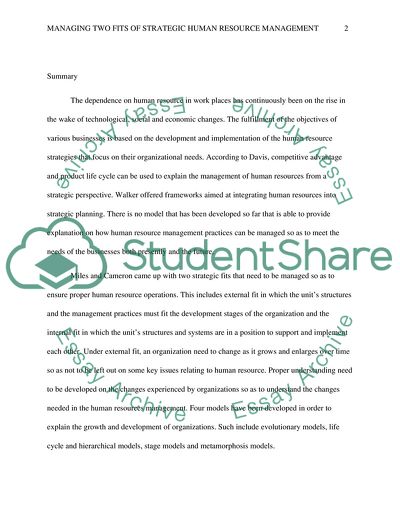Cite this document
(HR Management Essay Example | Topics and Well Written Essays - 1500 words - 1, n.d.)
HR Management Essay Example | Topics and Well Written Essays - 1500 words - 1. https://studentshare.org/human-resources/1865419-hr-management
HR Management Essay Example | Topics and Well Written Essays - 1500 words - 1. https://studentshare.org/human-resources/1865419-hr-management
(HR Management Essay Example | Topics and Well Written Essays - 1500 Words - 1)
HR Management Essay Example | Topics and Well Written Essays - 1500 Words - 1. https://studentshare.org/human-resources/1865419-hr-management.
HR Management Essay Example | Topics and Well Written Essays - 1500 Words - 1. https://studentshare.org/human-resources/1865419-hr-management.
“HR Management Essay Example | Topics and Well Written Essays - 1500 Words - 1”. https://studentshare.org/human-resources/1865419-hr-management.


